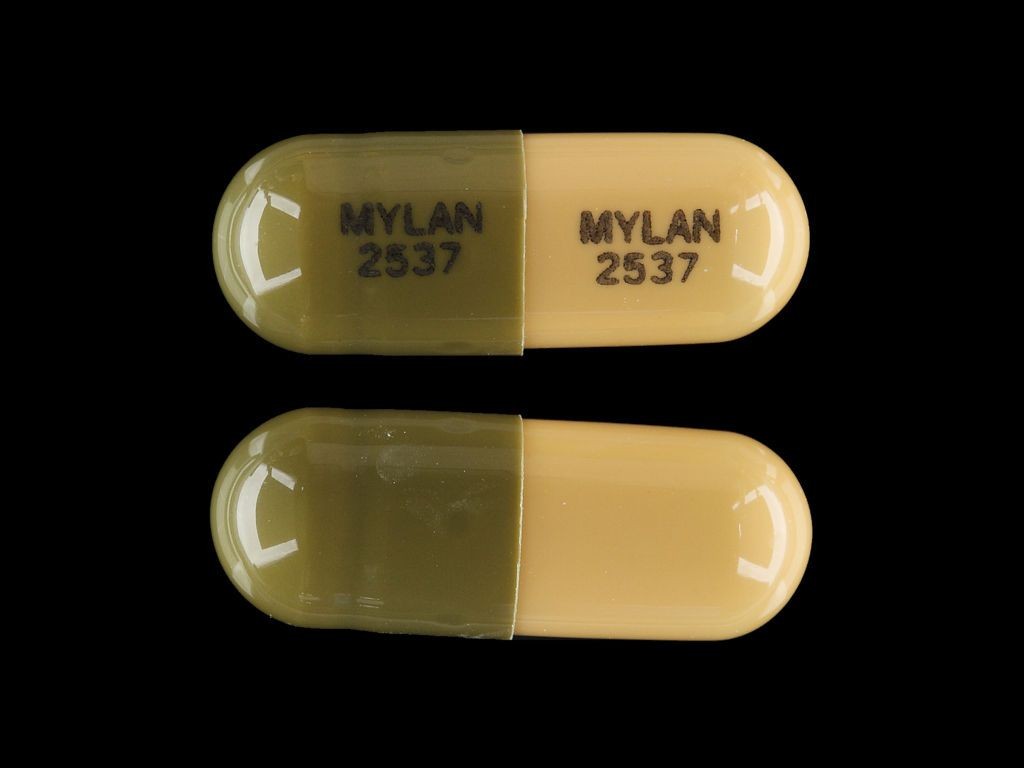
Contents
Side Effects of Dyazide
Diuretics eliminate sodium and water from the body. Hydrochlorothiazide treats high blood pressure and edema.
- It blocks sodium and water reabsorption in the kidneys, reducing sodium and water in the body.
- To compensate for the increased amount of sodium and water in the tubules that will be lost as urine, the kidney tries to reabsorb more sodium and water.
- It removes potassium from the blood and puts it into the tubules in exchange for sodium (and water) in the tubules.
- As a result, blood potassium levels fall.
- Triamterene prevents sodium reabsorption in exchange for potassium.
- It reduces sodium and water in the body but also prevents potassium depletion.
- By combining hydrochlorothiazide with triamterene, sodium and water are eliminated from the body without potassium loss.
- However, Dyazide may increase potassium levels, so potassium levels should be closely monitored.
Common side effects of Dyazide include
- abdominal pain,
- nausea,
- vomiting,
- rash,
- headache,
- dizziness,
- constipation,
- low blood pressure,
- electrolyte disturbance (high potassium levels),
- muscle cramps,
- hypersensitivity, and
- yellowing skin and eyes (jaundice).
Serious side effects of Dyazide include
- pancreatitis and
- increased blood sugar levels and worsening diabetes.
Patients allergic to sulfa drugs may also be allergic to hydrochlorothiazide due to their similar chemical structure.
Drug interactions of Dyazide include ACE inhibitors, aliskiren, eplerenone, potassium supplements, and other drugs that increase potassium levels. Salt substitutes containing potassium can also lead to excessive potassium levels when combined with Dyazide. Hydrochlorothiazide increases adverse effects of dofetilide and reduces the elimination of lithium by the kidneys. Nonsteroidal anti-inflammatory drugs may reduce the blood pressure-reducing effects of Dyazide. Combining hydrochlorothiazide with corticosteroids may increase the risk of low blood potassium levels and other electrolyte imbalances. Low blood potassium can increase the toxicity of digoxin. Cholestyramine and colestipol reduce the absorption of hydrochlorothiazide from the gastrointestinal tract. Hydrochlorothiazide can elevate blood sugar levels, requiring adjustments in diabetes medication doses. Dyazide has not been adequately studied in pregnant women or nursing mothers. Hydrochlorothiazide is excreted in breast milk and may reduce its production. Consult your doctor before breastfeeding.
Important Side Effects of Dyazide
Common side effects of Dyazide include
- dizziness,
- lightheadedness,
- headache, or
- upset stomach as your body adjusts to the medication.
Other side effects of Dyazide include
Dyazide Side Effects for Healthcare Professionals
Adverse effects are listed in decreasing order of severity.
Hypersensitivity: Anaphylaxis, rash, urticaria, subacute cutaneous lupus erythematosus-like reactions, photosensitivity.
Gastrointestinal: Jaundice and/or liver enzyme abnormalities, pancreatitis, nausea and vomiting, diarrhea, constipation, abdominal pain.
Renal: Acute renal failure (one case of irreversible renal failure has been reported), interstitial nephritis, renal stones composed primarily of triamterene, elevated BUN, and serum creatinine, abnormal urinary sediment.
Hematologic: Leukopenia, thrombocytopenia and purpura, megaloblastic anemia.
Miscellaneous: Impotence, sialadenitis.
Thiazides alone have been shown to cause the following additional adverse reactions:
Central Nervous System: Paresthesias, vertigo.
Ophthalmic: Xanthopsia, transient blurred vision.
Respiratory: Allergic pneumonitis, pulmonary edema, respiratory distress.
Other: Necrotizing vasculitis, exacerbation of lupus.
Hematologic: Aplastic anemia, agranulocytosis, hemolytic anemia.
Neonate and infancy: Thrombocytopenia and pancreatitis-rarely, in newborns whose mothers have received thiazides during pregnancy.
Skin: Erythema multiforme including Stevens-Johnson syndrome, exfoliative dermatitis including toxic epidermal necrolysis.
Drug Interactions with Dyazide
Angiotensin-converting Enzyme Inhibitors: Use potassium-sparing agents with caution in conjunction with ACE inhibitors due to an increased risk of hyperkalemia.
Oral Hypoglycemic Drugs: Concurrent use with chlorpropamide may increase the risk of severe hyponatremia.
Nonsteroidal Anti-inflammatory Drugs: A possible interaction resulting in acute renal failure has been reported in patients on Dyazide when treated with indomethacin. Caution is advised when administering nonsteroidal anti-inflammatory agents with Dyazide.
Lithium: Lithium generally should not be given with diuretics because they reduce its renal clearance and increase the risk of lithium toxicity.
Surgical Considerations: Thiazides have been shown to decrease arterial responsiveness to norepinephrine and may increase the paralyzing effect of nondepolarizing muscle relaxants.
Other Considerations: Concurrent use of hydrochlorothiazide with amphotericin B, corticosteroids, or corticotropin may intensify electrolyte imbalance. Thiazides may add to or potentiate the action of other antihypertensive drugs. The effect of oral anticoagulants may be decreased when used concurrently with hydrochlorothiazide. Dyazide may raise blood uric acid levels. The following agents given with triamterene may promote serum potassium accumulation: blood from blood bank, low-salt milk, potassium-containing medications, and salt substitutes. Exchange resins reduce serum potassium levels. Chronic or overuse of laxatives may reduce serum potassium levels. The effectiveness of methenamine may be decreased when used concurrently with hydrochlorothiazide.
Drug/Laboratory Test Interactions
Triamterene and quinidine have similar fluorescence spectra; thus, Dyazide will interfere with the fluorescent measurement of quinidine.
Summary
Dyazide is a combination of two diuretics used to treat high blood pressure and fluid retention. Common side effects include abdominal pain, nausea, vomiting, rash, headache, dizziness, constipation, low blood pressure, electrolyte disturbance, muscle cramps, hypersensitivity, and jaundice. Dyazide has not been adequately studied in pregnant women or nursing mothers.


